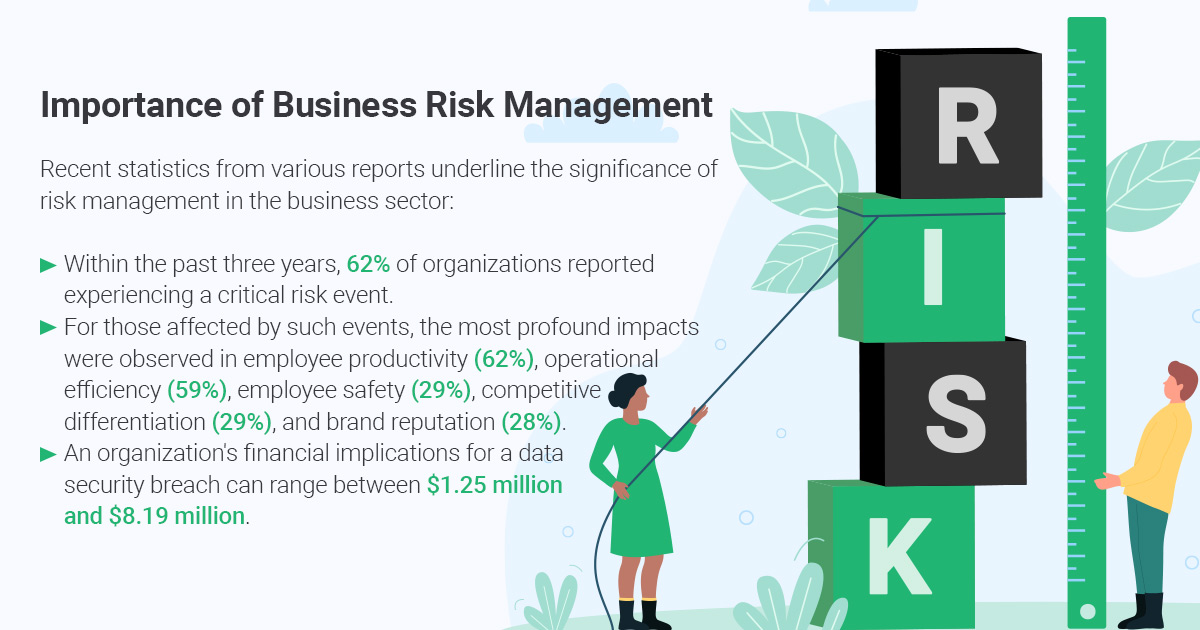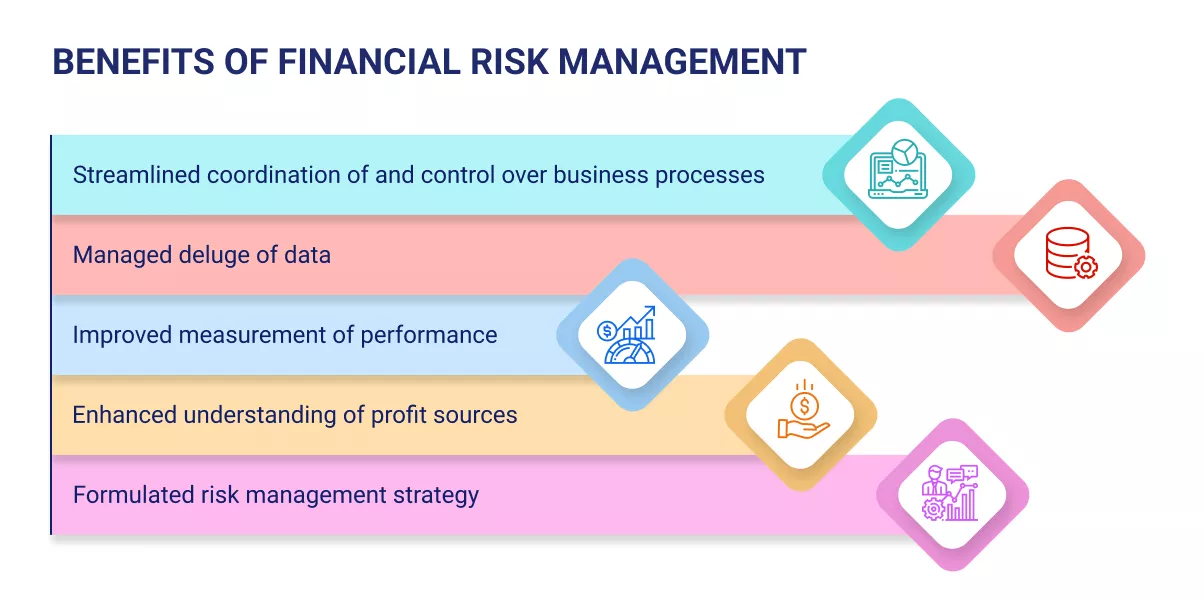How the Importance of Risk Management Shapes Effective Leadership
How the Importance of Risk Management Shapes Effective Leadership
Blog Article
Exploring the Importance of Risk Management for Effective Decision-Making Techniques
In the detailed world of company, Risk Management emerges as a vital factor in the decision-making process. The capacity to recognize prospective risks and chances, and plan accordingly, can spell the difference in between success and failure.
Comprehending the Principle of Risk Management
Risk Management, an essential element in decision-making, is frequently misconstrued or oversimplified. Risk Management involves organized and disciplined techniques, utilizing information and informative evaluations. From economic uncertainties, lawful obligations, strategic Management errors, to mishaps and all-natural catastrophes, it addresses different risks - importance of risk management.
The Duty of Risk Management in Decision-Making Processes
In the realm of strategic preparation and organization procedures, Risk Management plays an integral duty in decision-making procedures. Risk Management therefore ends up being an important tool in decision-making, aiding leaders to make educated options based on a detailed understanding of the dangers included. Risk Management serves as a vital component in the decision-making procedures of any type of organization.

How Risk Management Enhances Strategic Preparation
In the context of tactical planning, Risk Management plays an essential duty. Launching with the identification of prospective dangers, it better includes the implementation of Risk reduction measures. The role of Risk Management is dynamic however not static, as it requires continuous monitoring and adjusting of strategies.
Recognizing Possible Risks

Executing Risk Mitigation
Risk mitigation strategies can range from Risk evasion, Risk transfer, to run the risk of decrease. Each technique should be customized to the certain Risk, considering its potential effect and the company's Risk tolerance. Reliable Risk reduction needs a deep understanding of the Risk landscape and the potential influence of each Risk.
Surveillance and Changing Strategies
Though Risk reduction is an essential action in strategic preparation, constant surveillance and change of these approaches is equally vital. This recurring procedure allows organizations to determine new threats and reassess existing ones, making sure the carried out techniques remain efficient in the ever-changing company atmosphere. It also provides a chance to evaluate the success of the Risk Management steps, enabling modifications to be made where required, additional enhancing tactical preparation. Effective tracking and adjustment require making use of analytics and essential efficiency signs (KPIs) to gauge efficiency. These tools provide important data-driven understandings that can notify strategic decision-making. Monitoring and readjusting Risk Management techniques is a crucial part for improving a company's strength and tactical planning.
Instance Researches: Successful Risk Management and Decision-Making
In the globe of organization and money, successful Risk Management and decision-making often offer as the pillars of flourishing business. These instances highlight the click here for more info value of sharp Risk Management in decision-making procedures. These cases highlight the important duty of Risk Management in strategic decision-making.
Tools and Methods for Efficient Risk Management
These devices, such as Risk signs up and warmth maps, help in recognizing and analyzing possible threats. Risk response strategies, an essential component of Risk Management, entail approving, staying clear of, moving, or mitigating risks. With these tools and methods, decision-makers can browse the facility landscape of Risk Management, thereby helping with educated and reliable decision-making.
Future Trends in Risk Management and Decision-Making Strategies
As we explore the large landscape of Risk Management, it ends up being apparent that the devices and strategies made use of today will certainly remain to advance. Future fads point in the direction of an enhanced reliance on modern technology, with synthetic intelligence and artificial intelligence playing substantial duties. These technologies will allow companies to anticipate prospective dangers with higher precision and make even more enlightened choices. Furthermore, there will be an expanding focus on durability, not simply in taking care of threats but additionally in bouncing back from adverse situations. The idea of Risk society, where every member of an organization is mindful and included in Risk Management, will certainly acquire extra importance. These fads declare an even more inclusive and positive strategy in the direction of Risk Management and decision-making.
Conclusion

Risk Management thus comes to be try this an essential device in decision-making, assisting leaders to make educated choices based on a comprehensive understanding of the threats involved. Risk mitigation techniques can range from Risk evasion, Risk transfer, to run the risk of reduction (importance of risk management). Effective Risk reduction needs a deep understanding of the Risk landscape and the possible influence of each Risk. Risk reaction strategies, an essential component of Risk Management, entail approving, preventing, moving, or mitigating risks. The principle of Risk society, where every member of an organization is conscious and involved in Risk Management, will certainly get more prestige
Report this page